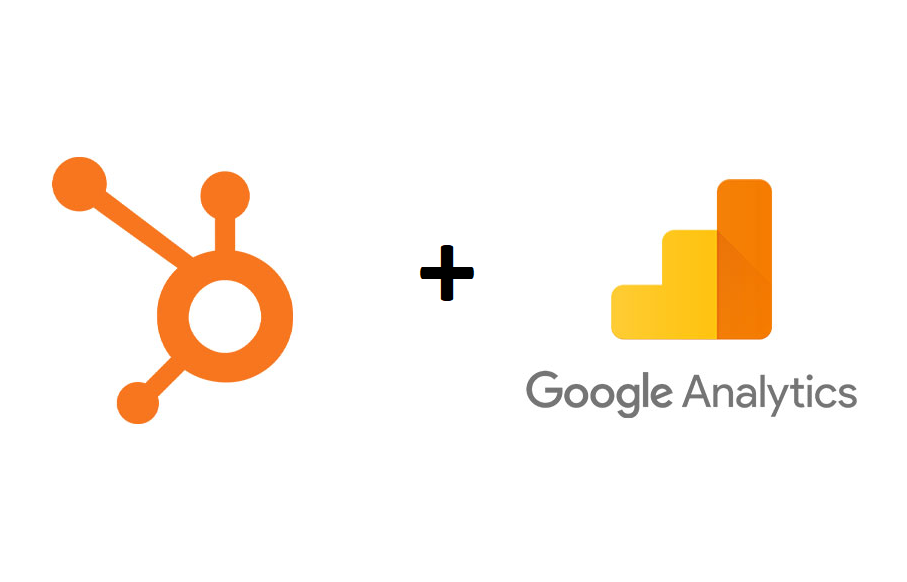E-commerce businesses are on the rise as consumers increasingly prefer to buy items online over physical businesses. Customers can easily order products from e-commerce websites and deliver them to their doorstep. Consequently, many business owners have opened online stores to benefit from this demand. This has led to high online competition and a continuous struggle to increase brand visibility and sales.
Sometimes, an e-commerce website will have high visibility and draw heavy traffic but will make little sales. This is undesirable, and business owners must adjust their websites and marketing strategies to solve this problem. A common solution is to work with conversion rate optimization agency. However, this can be expensive for small businesses. Instead, they can work with a CRO expert that will produce similar results to a CRO agency for a smaller fee.

Reasons Why Website Conversion Rates Are Low
Some e-commerce businesses struggle to make sales despite generating leads to their website. Here are some reasons their conversion rate is falling behind their competitors:
Negative user experience
If an e-commerce website is difficult to navigate, most visitors will leave before completing a purchase. People prefer websites with organized layouts and tabs that are easy to read. Slow websites and platforms not optimized for mobile use also drive away potential customers and reduce conversations.
Business owners should invest in responsive website designs, streamlined checkout processes, optimized navigation, and content that are helpful to website visitors. They should also have a search tab for visitors to enter keywords and find products they want.
Lack of trust
Many consumers value their data privacy and will not input their personal information on e-commerce websites they do not trust. E-commerce sites that lack secure payment gateways, robust privacy policies, and legit customer reviews seem untrustworthy and will likely put people off.
E-commerce business owners can increase consumer trust by displaying legit customer reviews, selling authentic items, listing their contact information, having responsive customer support personnel, protecting their website with an SSL certificate, and using known and reliable payment processors for transactions.
Poor product presentation
The way an item is presented on a website affects its sales. Products listed with low-quality images and inadequate descriptions might not appeal to most customers. Business owners should always provide clear photos of every item they sell. They can add multiple images of each product taken from various angles and allow interactive features like 360-degree viewing and zoom to improve the shopping experience. Product descriptions should also be detailed and contain essential information.
Unclear call-to-action
A call-to-action tells a potential customer the next step to take when they visit an e-commerce website. Without a clear call-to-action, website visitors might leave without buying anything. It helps to use professionally written copies on websites to put potential customers on a path to purchase the products on offer. Business owners can also use copies to communicate promotional offers to persuade website visitors to buy their products.
Endnote
Website conversion rate is an important metric for any e-commerce business because it clearly indicates how effective their marketing campaign is. Websites with low conversion rates need optimization, which a CRO expert can do. These experts can review websites to determine the cause of their low conversation rates and take steps to optimize them. Their services are usually less expensive than working with a CRO agency.




